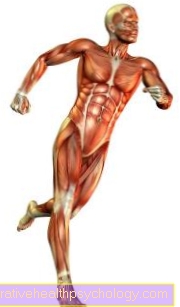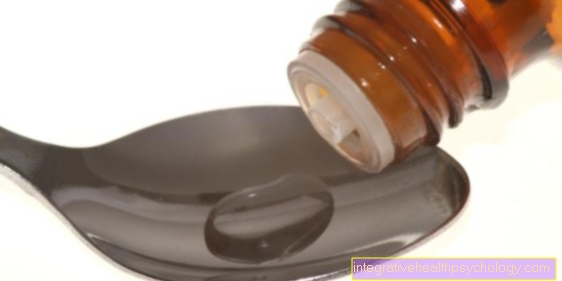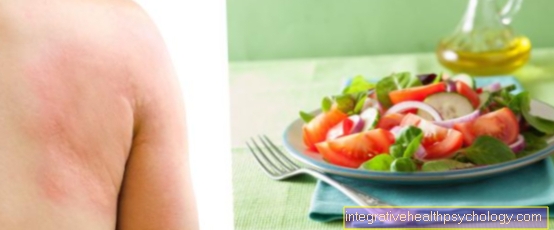First aid for wounds
introduction
Wounds can be caused by direct force (Accident, cut, fall), extreme temperatures (Burns or colds) as well as chemical substances (acid burns) arise. Depending on the cause and extent of the wound, different first aid measures are indicated.
In the case of minor injuries, these measures are often a sufficient form of treatment. Often, however, further professional care from a doctor is required.
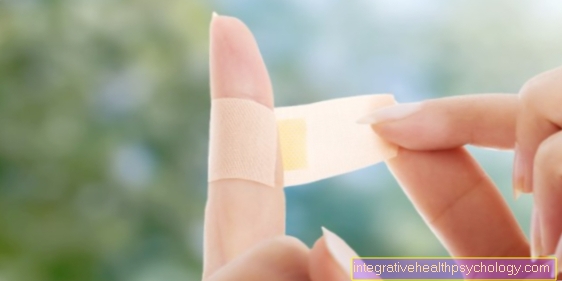
How do I take care of a wound?
When treating a wound of any kind, there are some general recommendations that should be heeded as a helping person. The person concerned should be asked to lie down or sit down. As a helper, you should position yourself in such a way that you have the opportunity to observe the person affected. Even with small wounds, there may be reflex fainting due to pain or the sight of blood. A person falling in an uncontrolled manner can cause serious further injuries.
It is also important to assess in advance whether further help is needed (in the case of major injuries, possibly even an ambulance service) and whether there is a risk of further injury (secure the accident site first after a traffic accident!).
For the actual wound care, the first aider should, if possible, wear disposable gloves, such as those found in a first-aid kit. The following rules apply to care:
- The wound should not be touched directly.
- As a rule, the wound should not be washed out (exception: Rinse burns and chemical burns with lukewarm running water)
- Possible foreign bodies should NOT removed become.
- Disinfectants, powders, ointments or sprays should also not be used (recommendation of the German Red Cross for first aid for wounds).
- The actual wound supply depends on where the injury is, what caused it and whether or not it is still bleeding.
- The basic principle is always the application of a sterile wound covering and its fixation with a wrap or plaster. It is not the appearance of the dressing that is important, but the complete coverage of the wound, which is secured against slipping.
- Bleeding wounds should be treated with a pressure bandage. All of the necessary utensils and illustrated instructions can be found in most first-aid kits. A laceration in particular bleeds profusely, so a pressure bandage is a good idea.
Any larger or open wound should then be assessed by a doctor. Usually the family doctor or the family doctor's emergency service is a suitable first point of contact. A check of the tetanus vaccination protection is absolutely necessary.
In the case of stab wounds caused by sharp objects, the bleeding should be stopped first. In the case of deeper injuries, a doctor must be consulted.
Read more about it below: Stab wound
Should you disinfect a wound?
An important complication to prevent wounds is the penetration of germs, which can lead to inflammation. It therefore makes sense to first treat each wound with a suitable disinfectant. This is why this requirement can also be found in many instructions for first aid treatment of wounds.
The German Red Cross, on the other hand, does not recommend disinfecting in its recommendations on first aid for wounds, but even lists this in the prohibitions on treating wounds.
Despite these contradicting recommendations with regard to disinfection, the essential and consistently recommended elements of first aid for wounds should not be lost sight of. Also includes:
- the self-protection (Gloves wear, Secure the scene of the accident, Etc.),
- Call for help (people in the vicinity, if necessary Ambulance service),
- stand by the injured and watch him
- and cover the wound with a sterile pad and fix it.
You might also be interested in this topic: Bruises
How do I clean a wound?
First of all, not every wound needs to be cleaned as part of first aid.
With some injuries, such as open wounds such as deep cuts or stab wounds, cleaning should even be omitted, as otherwise there is only the risk that germs penetrate deeper into the tissue. Instead, the wound should be covered with an aseptic wound pad of sufficient size (if necessary, use several overlapping pads) and this should be fixed with a bandage.
You might also be interested in: Inflammation of a wound
Coarse dirt particles that can be removed without great effort can and should still be removed beforehand (wear gloves if possible). However, the first aider must never remove dirt or foreign objects that are deeper or difficult to reach. These should simply be connected carefully and, in the case of larger foreign bodies, fixed to prevent them from slipping.
Injuries caused by heat or caustic substances are an exception to wound care when it comes to cleaning. In the event of burns, the wound should be cleaned and cooled with running lukewarm water (NOT ice-cold water). If the wound is burned, for example by an acid or alkali, the wound should also be carefully washed out with running lukewarm water and then bandaged as described above.
Read about it too: Poisoning and chemical burns
How do I bandage a wound?
Bandaging a wound as part of first aid consists essentially of two elements.
- On the one hand, the wound should be completely covered with a sterile pad (preferably sterile compresses from a first-aid kit). If possible, you should only grasp it at the corners and not touch the surface that is to be adjacent to the wound.
- The second step is to fix the pad in position and apply the actual bandage. To do this, one or more gauze bandages are wrapped around the covered wound several times. You should wrap tight enough so that the bandage does not slip but not so tight that blood can no longer flow (this can be recognized by the fact that the fingers or toes are turning blue). An alternative to the bandage is to fix the wound dressing with plasters.
The necessary utensils and corresponding explanations can usually be found in a first-aid kit.
In the case of bleeding wounds, the application of a pressure bandage is indicated. After fixing the wound dressing with one or two layers of the gauze bandage, a pressure pad is placed on it and this is wrapped in the bandage with a firm pull. As a pressure pad, for example, a another gauze bandage pack or in case of doubt any other suitable one object to get voted. Injuries to arms or legs should then be elevated.
It is advisable to regularly take a first aid course to learn or refresh the measures mentioned in order to be able to act safely and correctly in an emergency.
First aid for sore nipples
Sore nipples particularly affect nursing mothers, especially when they first start breastfeeding. Hot water compresses, which are applied directly, help with acutely sore nipples. In addition, after breastfeeding you can smear some breast milk onto the nipples and let it dry. In the event of severe irritation or even open wounds, a little wool fat can be carefully applied.
When choosing clothes, you should pay attention to breathable tops. For example, a bra should be avoided at home if possible to avoid accumulated heat, pressure and friction.
In the case of sore nipples, it is particularly important to identify the cause in order to prevent deterioration or recurrence. The most common causes are that the baby was not positioned properly. Many mothers think that breastfeeding pain is normal and accept it. Instead, if there is pain, breastfeeding should be interrupted and the child should be re-created. This is the best way to prevent sore nipples from occurring.
Learn more about: Painful breastfeeding
If pain occurs despite the correct application technique, there are a number of other, rare causes. These should best be recognized by a presentation and examination at the gynecologist or an auxiliary center for breastfeeding mothers and corrected accordingly.
You might also be interested in this: Inflammation of the nipple
Recommendations from our editorial team
- Wound healing disorder
- Inflammation of a wound
- The wound healing
- The stable side position
- Laceration




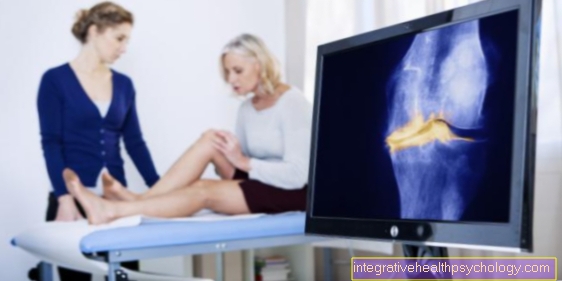
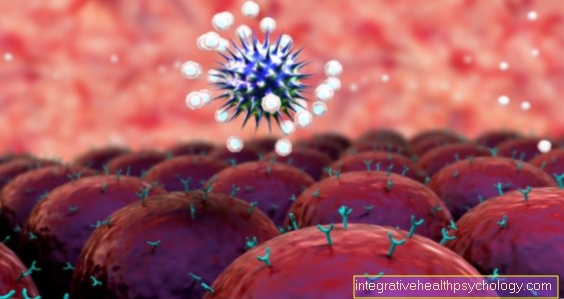




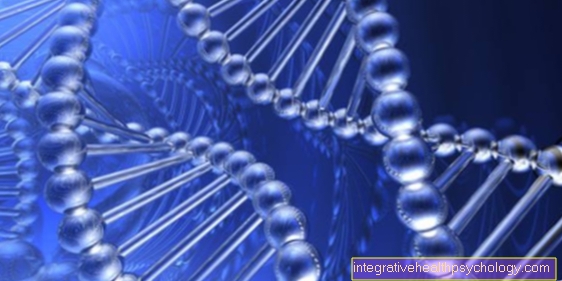

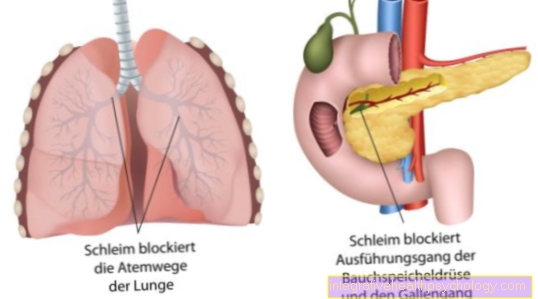



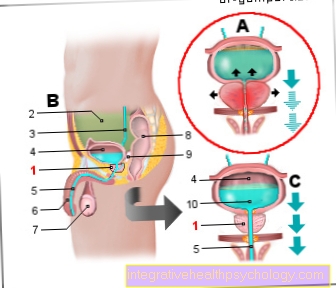
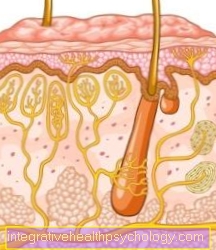
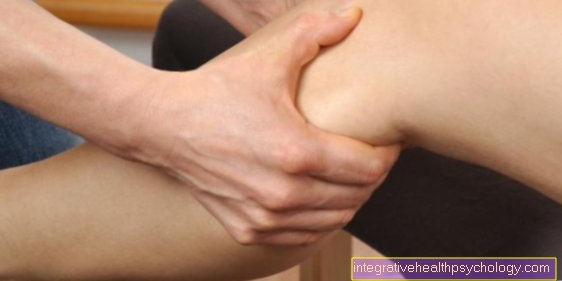

.jpg)
